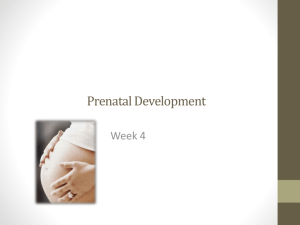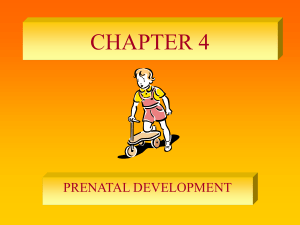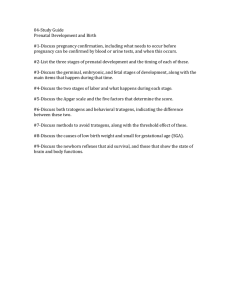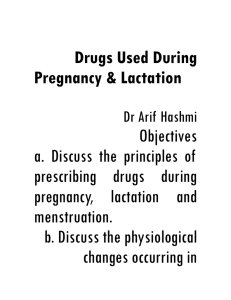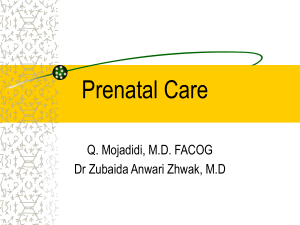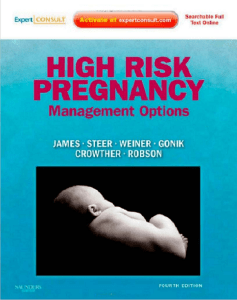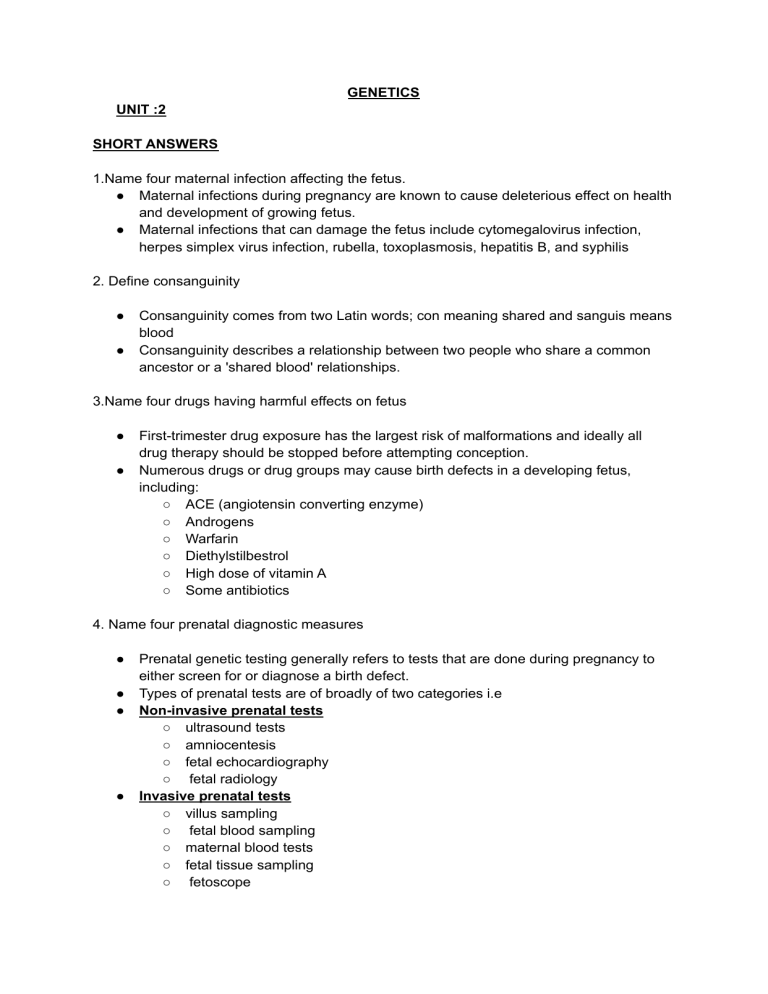
GENETICS UNIT :2 SHORT ANSWERS 1.Name four maternal infection affecting the fetus. ● Maternal infections during pregnancy are known to cause deleterious effect on health and development of growing fetus. ● Maternal infections that can damage the fetus include cytomegalovirus infection, herpes simplex virus infection, rubella, toxoplasmosis, hepatitis B, and syphilis 2. Define consanguinity ● ● Consanguinity comes from two Latin words; con meaning shared and sanguis means blood Consanguinity describes a relationship between two people who share a common ancestor or a 'shared blood' relationships. 3.Name four drugs having harmful effects on fetus ● ● First-trimester drug exposure has the largest risk of malformations and ideally all drug therapy should be stopped before attempting conception. Numerous drugs or drug groups may cause birth defects in a developing fetus, including: ○ ACE (angiotensin converting enzyme) ○ Androgens ○ Warfarin ○ Diethylstilbestrol ○ High dose of vitamin A ○ Some antibiotics 4. Name four prenatal diagnostic measures ● ● ● ● Prenatal genetic testing generally refers to tests that are done during pregnancy to either screen for or diagnose a birth defect. Types of prenatal tests are of broadly of two categories i.e Non-invasive prenatal tests ○ ultrasound tests ○ amniocentesis ○ fetal echocardiography ○ fetal radiology Invasive prenatal tests ○ villus sampling ○ fetal blood sampling ○ maternal blood tests ○ fetal tissue sampling ○ fetoscope 5.Define Teratogen ● ● A teratogen is any agent that causes an abnormality following fetal exposure during pregnancy Teratogens are usually discovered after an increased prevalence of a particular birth defect. 6. Define infertility ● ● ● Infertility primarily refers to the biological inability of a man or a woman to contribute to conception. Infertility may also refer to the state of a woman who is unable to carry a pregnancy to full term. There are many biological causes of infertility, some of which may be bypassed with medical intervention. 7. Define spontaneous abortion ● ● Spontaneous abortion refers to a clinical condition describing the loss of the intrauterine product prior to the viability of the fetus,conventionally accepted as 20 weeks of intrauterine life or 500 g of fetal body weight. In other words spontaneous abortion or miscarriage is the natural or spontaneas end of a pregnancy at a stage where the embryo or fetus is incapable of surviving. 8. Define spinal bifida ● ● Spina bifida is a malformation of spine, in which posterior portion of lamina of vertebra fail to close with or without defective development of spinal cord. Incidence - 1 or 2 per 1000 live births. 9. Define Down syndrome ● ● Down syndrome is a common genetic disorder characterized by mental retardation dysmorphic facial features and a host of structural abnormalities. Down syndrome is a chromosomal condition related to chromosome 21 Most cases of Down syndrome result from trisomy 21, which means each cell in the body has three copies of chromosome 21 instead of the usual two copies.



